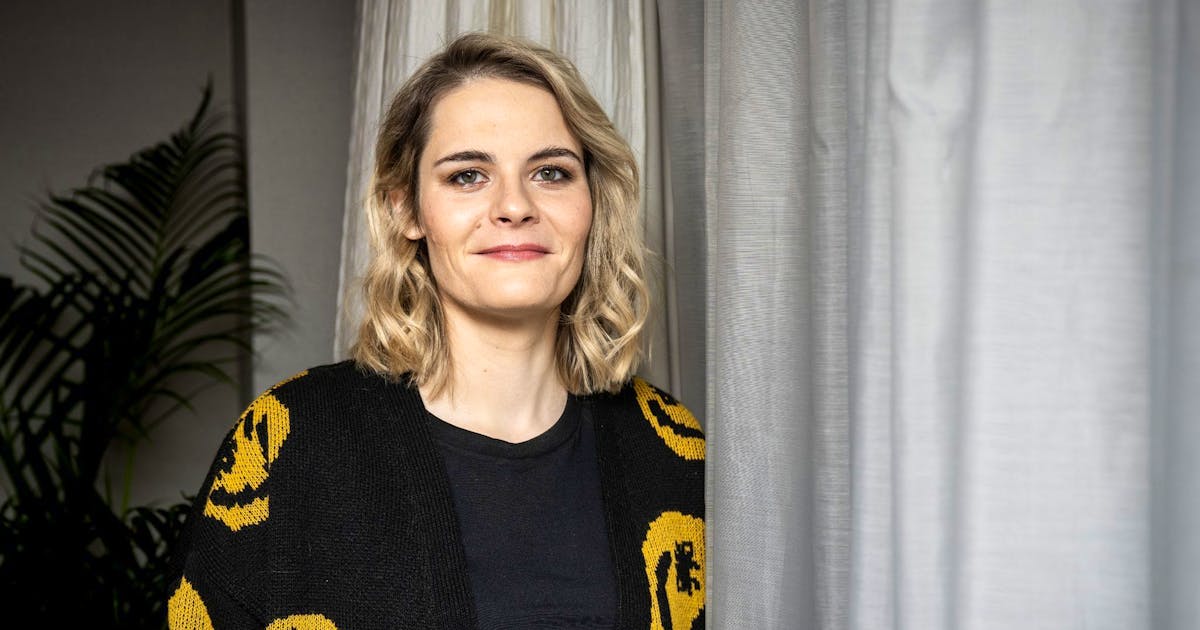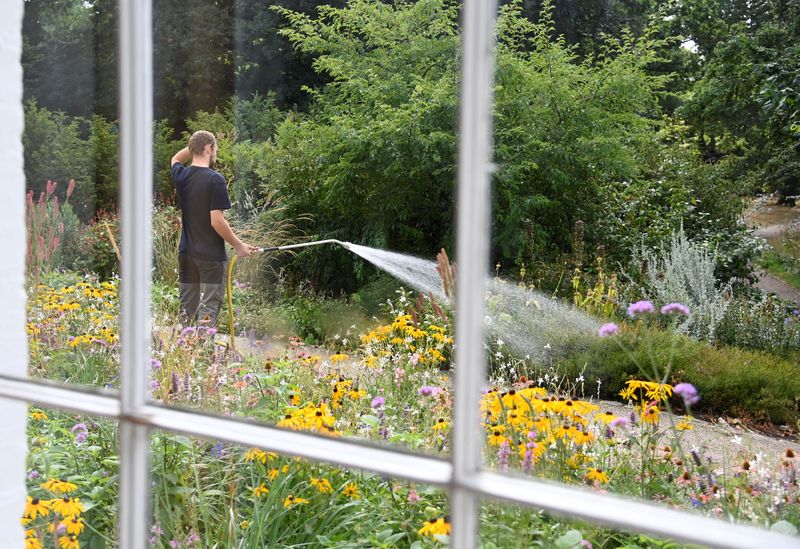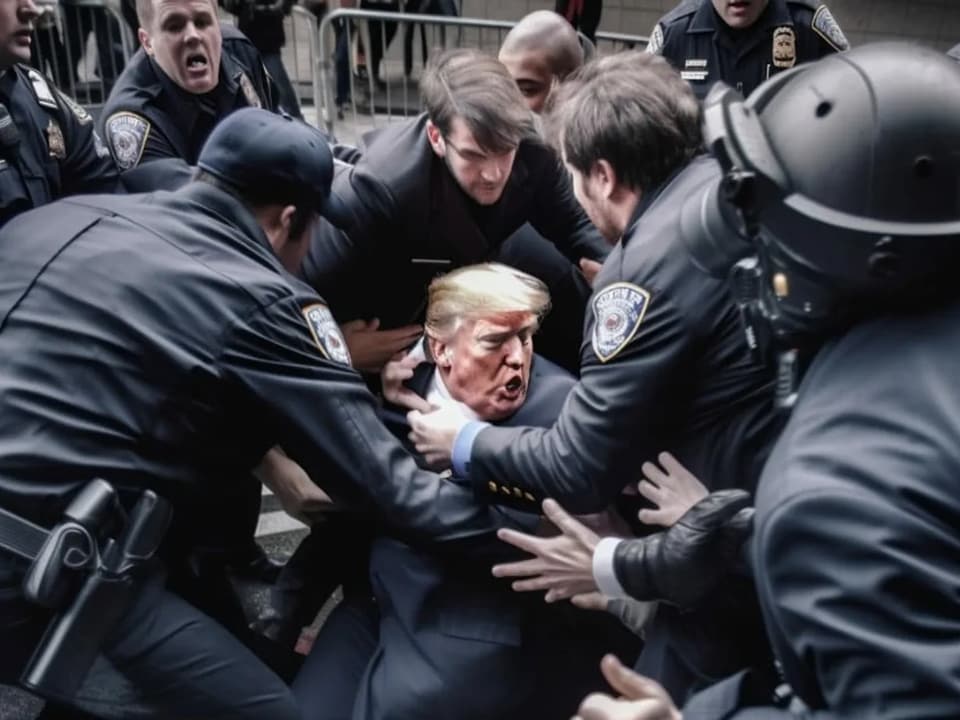The new standard aims to create transparency and thus enhance trust in digital images.
If you want attention online, you need photos. Not only social media or TV stations, but also internet portals have to advertise their texts with images, otherwise they won't get any attention.
But especially in crisis areas, there are often no professional journalists or photographers on site. The only images available then came from social media, says Stephanie Stram, head of the SRF's fact-checking network.
Images created using artificial intelligence
Before SRF publishes or broadcasts recordings from the Internet, they are carefully examined because many images and videos from social media are manipulated or come from a different context. Fact checking is complex and requires a lot of experience. Social media users are often upset by this classification.
New photos with CV
That must change now. A broad coalition of media companies, camera manufacturers and IT companies have developed a new standard for digital media in recent years. If so, Content Authenticity Initiative (CAI), in the future, images or videos must be presented with a certificate containing information about the creation of the image and all processing steps.
By using an encryption chip, we guarantee that what the sensor reads is the original.
The encoder chip in the camera plays an important role. When you press the shutter button, the chip signs the data from the sensor and creates a digital birth certificate, which is the starting point of the photo's life. This makes it possible to prove without a doubt which camera the image came from.
At the end of last year, the German company Leica launched the first camera for professionals that can digitally sign photos. Other manufacturers such as Nikon and Canon will soon follow. In the future, smartphones will also be able to sign photos, with chip maker Qualcomm announcing a similar chip. So your birth certificate is taken care of from your cell phone.
File processing
If an editor later changes the photo, the photo editing software keeps track of the photo's age. It describes the treatment in a document and attaches it to the birth certificate, along with a digital signature.
Adobe's photo editing tools like Photoshop or Lightroom can already do this. Not only does the software record changes made by humans, but manipulations performed by artificial intelligence are also documented.
The more people have the opportunity to question what they see rather than simply consume it, the stronger our democracy becomes.
The standard has already overcome two hurdles: creating a birth certificate and updating a CV.
To create transparency
Now there is a demand for platforms – social media or online portals. If desired, you should show users the bio for each photo. There are actually software solutions for this as well.
But will the new norm really prevail in everyday life? “Creating transparency in content is extremely important and has been increasing in recent years,” says Sandro Mühlbach of the news and photo agency Keystone-SDA. He is convinced that no quality broker will be able to avoid him in the future.
Today it has become clear: not every photograph will be able to fully document its history. But the lack of information is also a statement about the image, says Sandro Muehlebach: A photo without a certificate is less trustworthy – with a certificate, any manipulation becomes transparent.

“Tv specialist. Friendly web geek. Food scholar. Extreme coffee junkie.”









More Stories
The house has been under construction for two years: Hazel Brugger and her family move to the country
Record heat wave from Thailand to Vietnam
Missiles for Russia: Will Iranian aircraft be banned from flying in Europe?